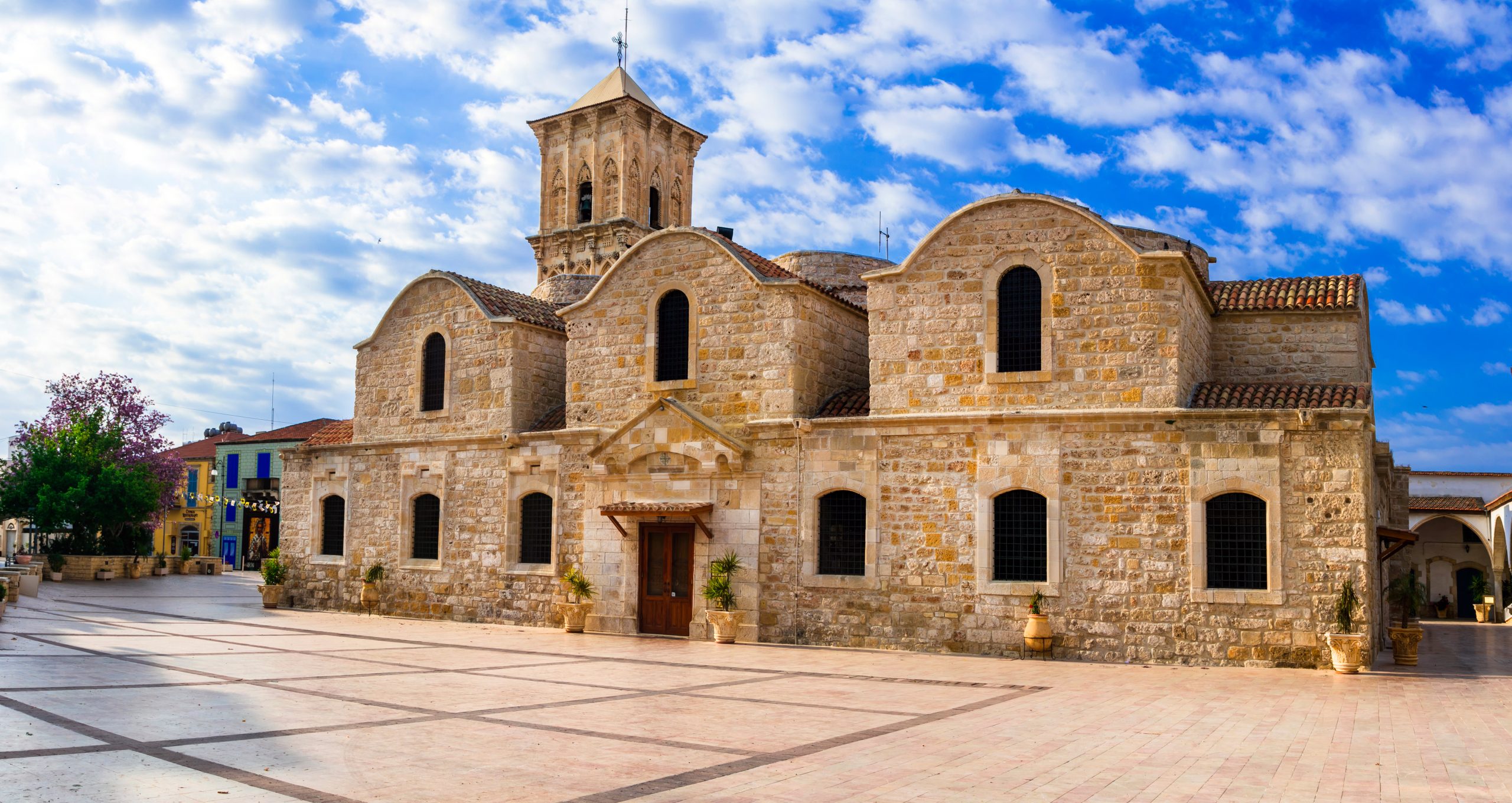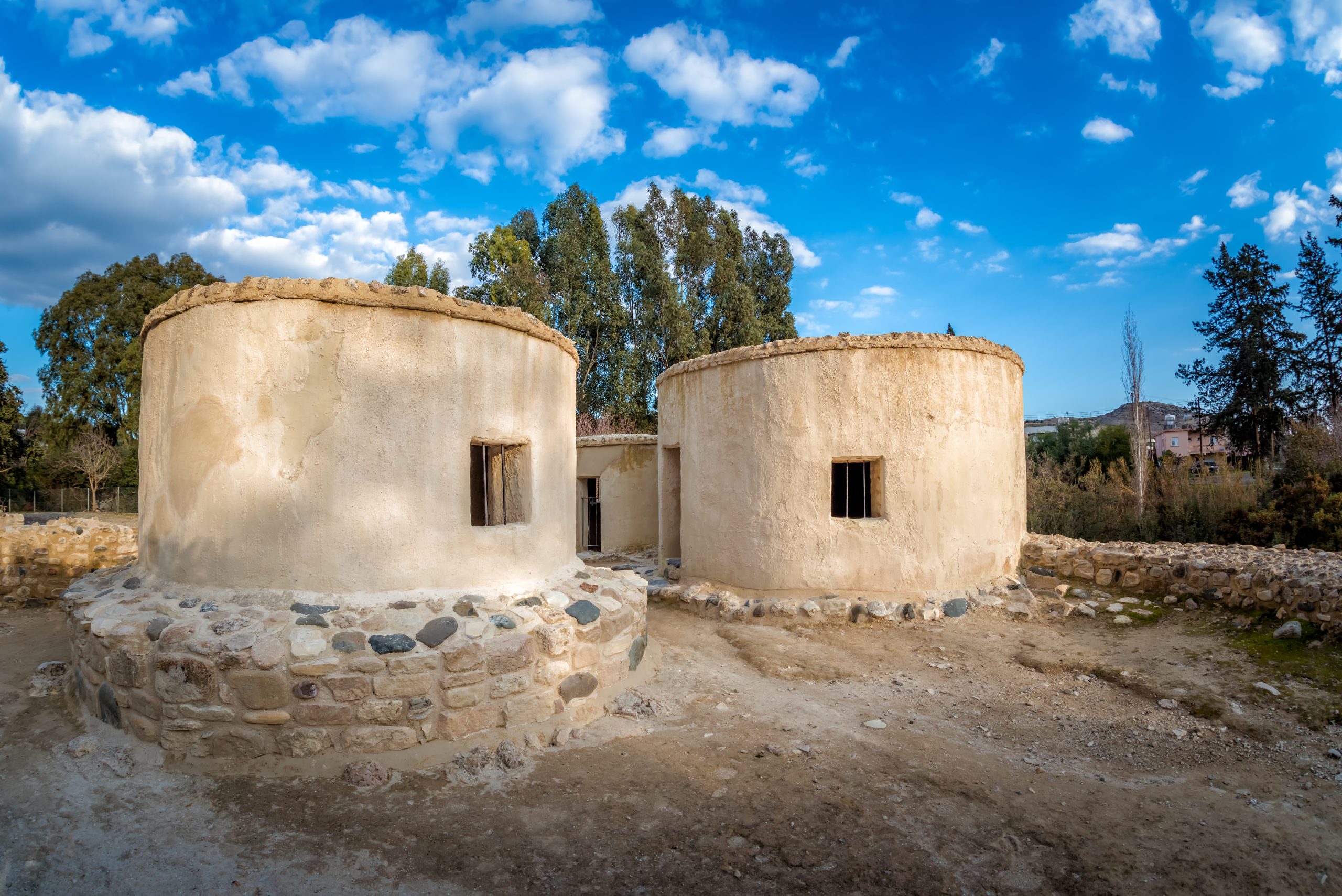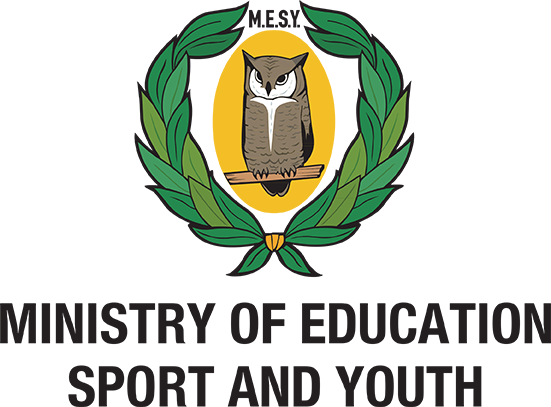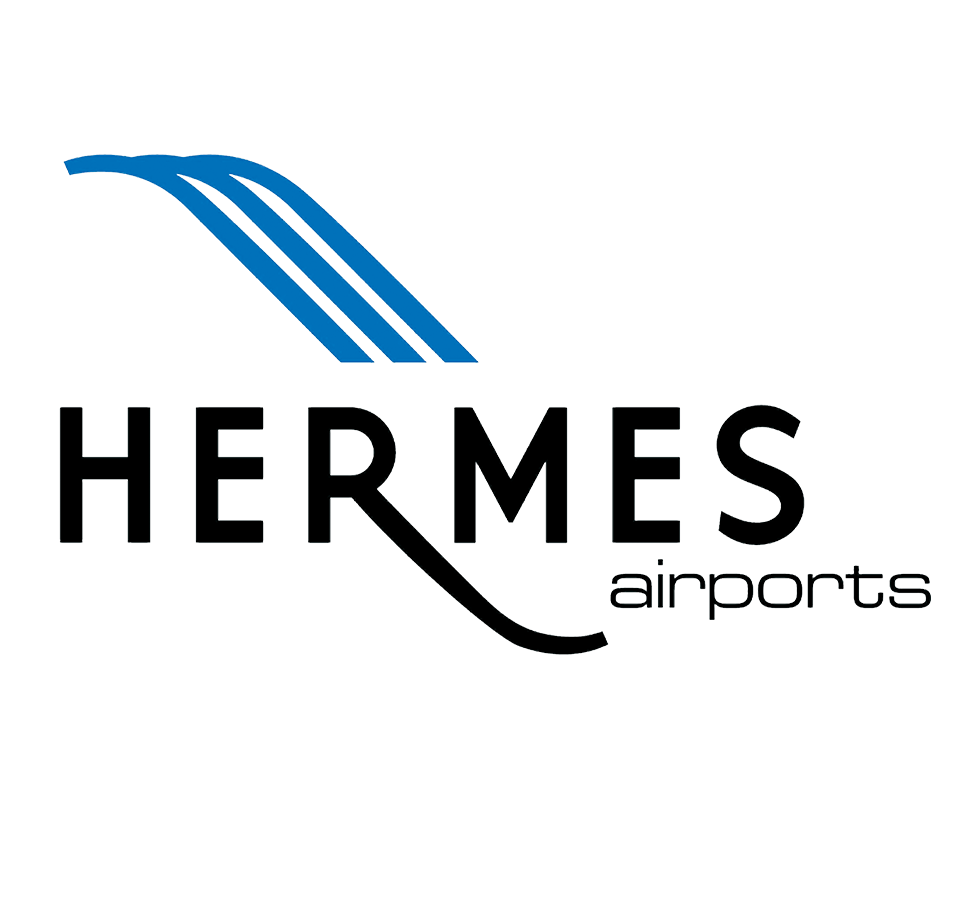

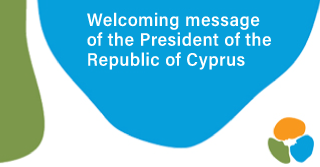
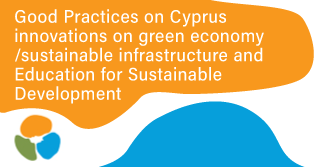
News Feed
- Naked and Afraid Season 17 Episode 9 : Triple ThreatNaked and Afraid Season 17 Episode 9 “Triple Threat” What happens when you put two complete strangers – sans clothes – in some of the most extreme environments on Earth? Each male-female duo is left with no food, no water, […]
- Top 20: American Idol Season 7 Episode 10 ABC 2024American Idol Season 7 Episode 10 “Top 20” The iconic series that revolutionized the television landscape by pioneering the music competition genre is back! American Idol Info Title : American Idol Season 7 Episode 10Episodes : Top 20Air Date : […]
- 24 in 24: Last Chef Standing Episode 1 (Series Premiere, 8/7 PM)24 in 24: Last Chef Standing Season 1 Episode 1 “Shift 1: Speed” The first three-hour shift is designed to test one of the most important qualities a true master must possess: speed. Speed judge Jet Tila will taste and […]
- Watch Free 2024: CMT Music Awards (CBS, Three-Hour Special)CMT Music Awards “2024 CMT Music Awards” Live From the Moody Center on the campus of the University of Texas at Austin (UT) in Austin, Texas. CMT Music Awards Info Title : CMT Music Awards2024Episodes : 2024 CMT Music AwardsAir […]
- Watch A Model Murder 2024 Film By Lifetime – Watch Online FreeWatch Now!! Watch A Model Murder 2024 Film By Lifetime – Watch Online Free Watch A Model Murder 2024 Online Streaming: A Haunting Thriller You Can’t Miss Introduction: Are you a fan of gripping thrillers that keep you on the […]
TOURS
The Republic of Cyprus will organize, exclusively for the participants of the Conference, local tours of cultural and environmental character through which the participants will have the opportunity to get a glimpse of the cultural and environmental heritage of the island. All tours will be escorted by professional English-speaking guides. Even though the tours will be offered on complimentary basis, registering for the tours is a prerequisite. The Booking Form for the tours will be available soon.
FRIDAY 07/10/2022 (the tour will take place in the afternoon, following the completion of the Conference)
WALKING TOUR WITHIN THE OLD CITY OF NICOSIA
Cosmopolitan, glamorous and bustling, the capital of Nicosia is uniquely comprised of an ancient, walled city and a modern, fast-paced metropolis that is the epicenter of the island’s business and commercial activity. It blends the current with the traditional. You will be transferred at the old city of Nicosia by bus at a short distance. During the bus transfer, we will see the recently transformed Eleftherias square, the 19th century Venetian walls which surround the old city and the statue of Liberty which has its own meaning to the people of the island. From there, we will start the walking tour where we will pass by the Cathedral of St. John, the Archbishop Palace, through lovely old neighborhoods with houses of an architecture from the previous centuries having mixed uses like residential, commercial and entertainment where they peacefully co-exist. The tour will end at Ledra Street which is the busiest commercial pedestrian street of the old town area with many shops, cafes and restaurants. At the end of Ledra Street it appears the check point, reminding that Nicosia is the only city in Europe which remains divided after the Turkish invasion of 1974. After familiarizing with the capital of Cyprus, we will all be gathered at a specific point which will be set, for catching the bus for the transfer to your hotel.
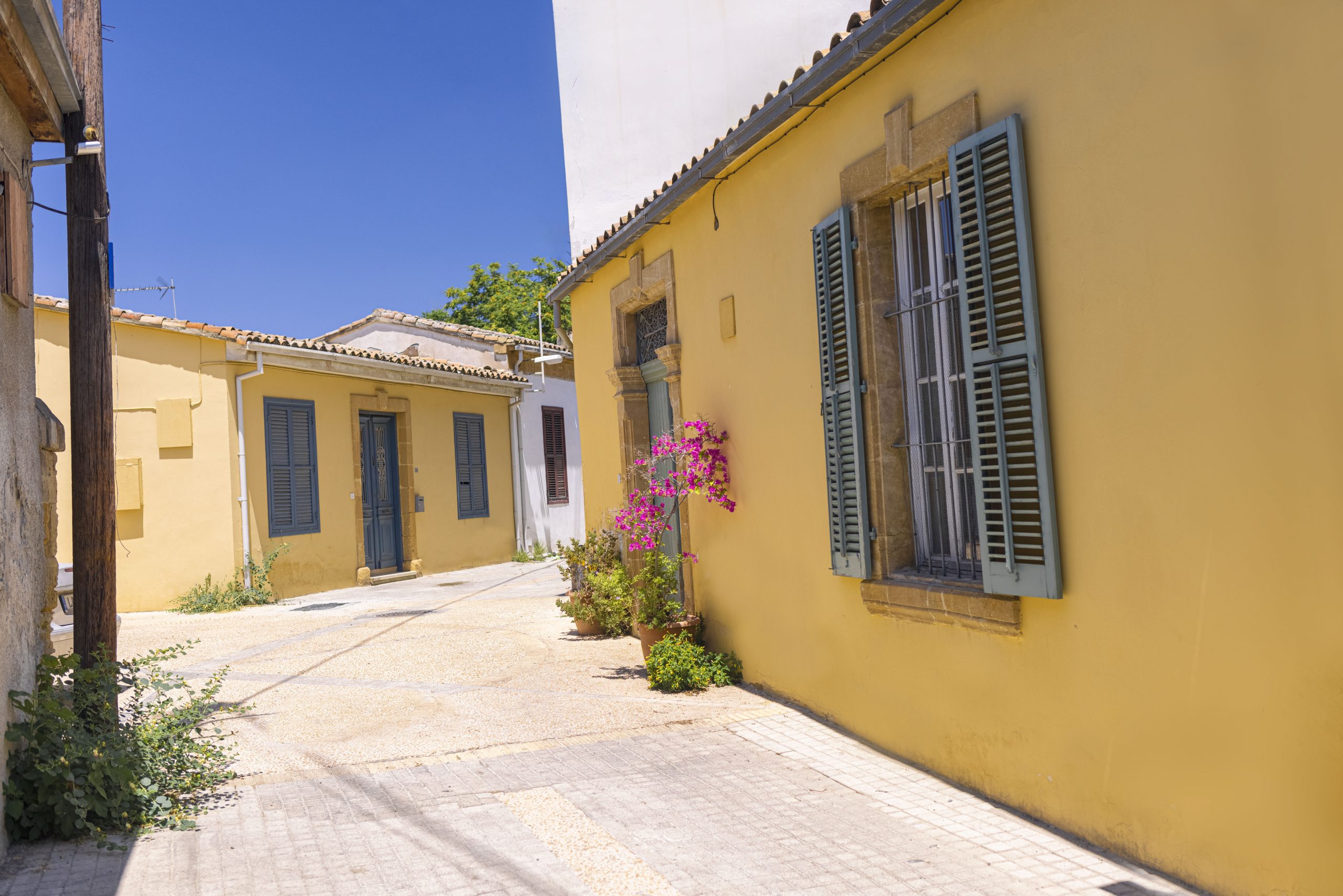
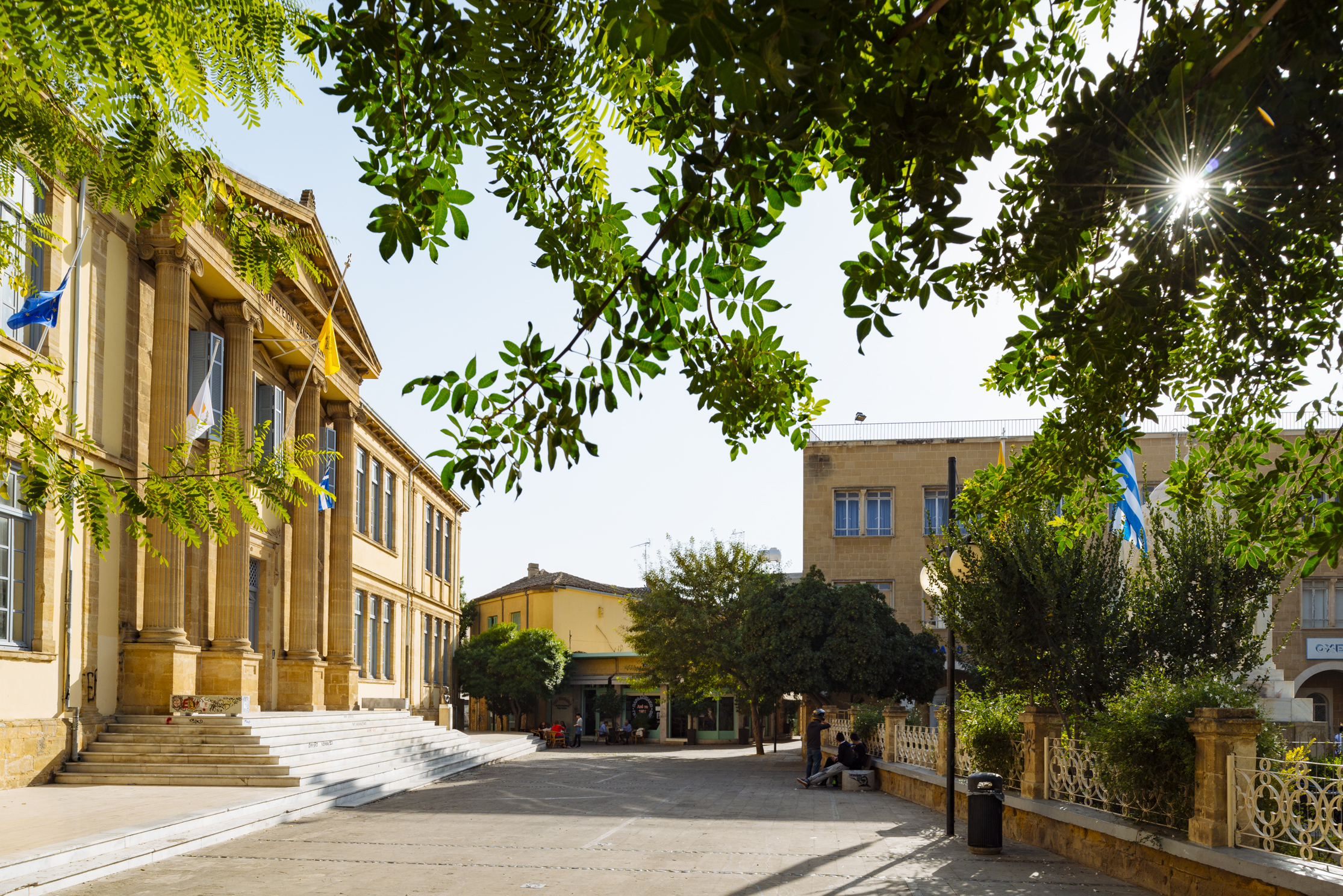
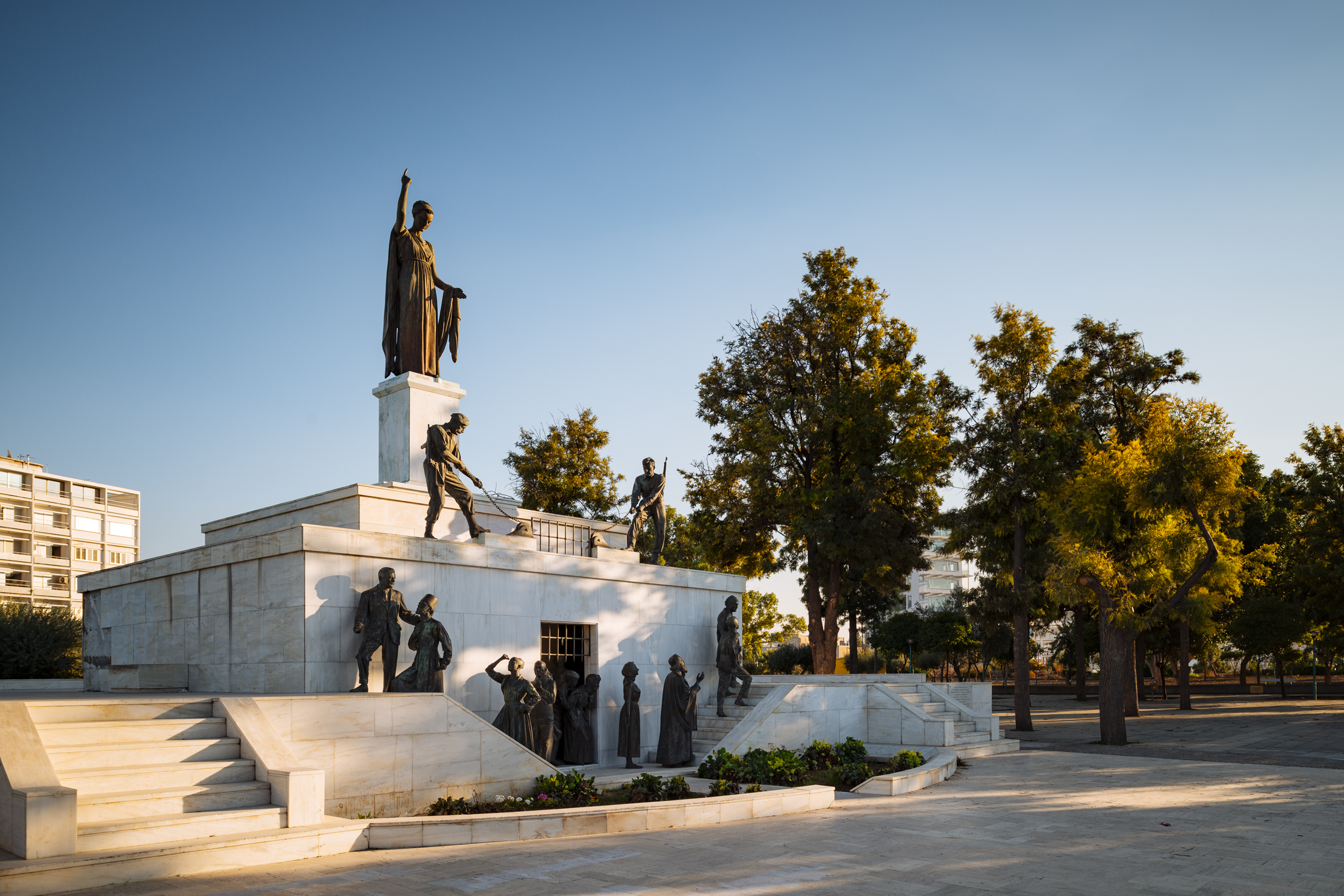
SATURDAY 08/10/2022
OPTION 1: TOUR TO COLOSSI CASTLE & OMODOS WINE VILLAGE
After breakfast you will travel to the outskirts of the city of Limassol where the first visit will be at the one of the most visited sites on the island, Colossi Castle. Colossi Castle is a fine example of military architecture and it was originally built in the 13th century and rebuilt in its present form in the 15th century. It served as the Grand Commandery of the Knights of the order of St. John of Jerusalem. During their stay in Cyprus, the knights produced and exported a sweet wine, which became known as the “vin de Commanderie” well known as Commandaria. Traveling to the mountainous area of Limassol you will visit the very well known village of Omodos. The village is one of the largest wine producing villages on the island and one of the most picturesque. Omodos village was once property of Sir John De Brie, Prince of Galilee. It is built around one of the oldest Monasteries in Cyprus, the Holy Cross which was founded according to tradition by Saint Eleni. Arriving at the village, together with your guide you will walk through the cobbled alleys, visit the Monastery of the Holy Cross as well as a local winery in the area for a wine tasting. Lunch will be offered at a local restaurant before returning at the hotel.
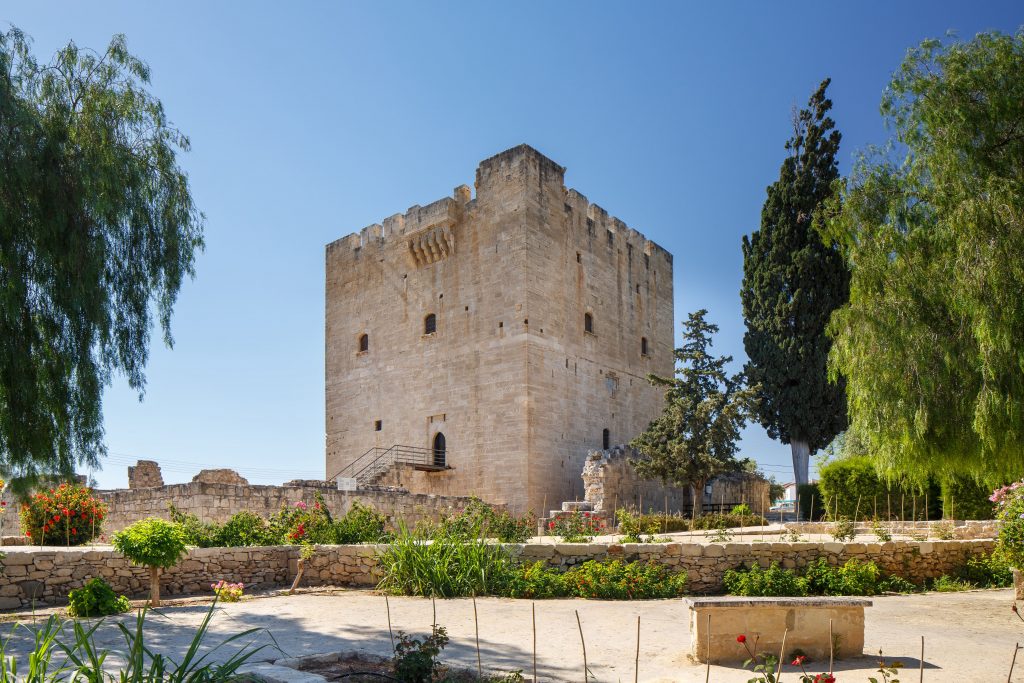
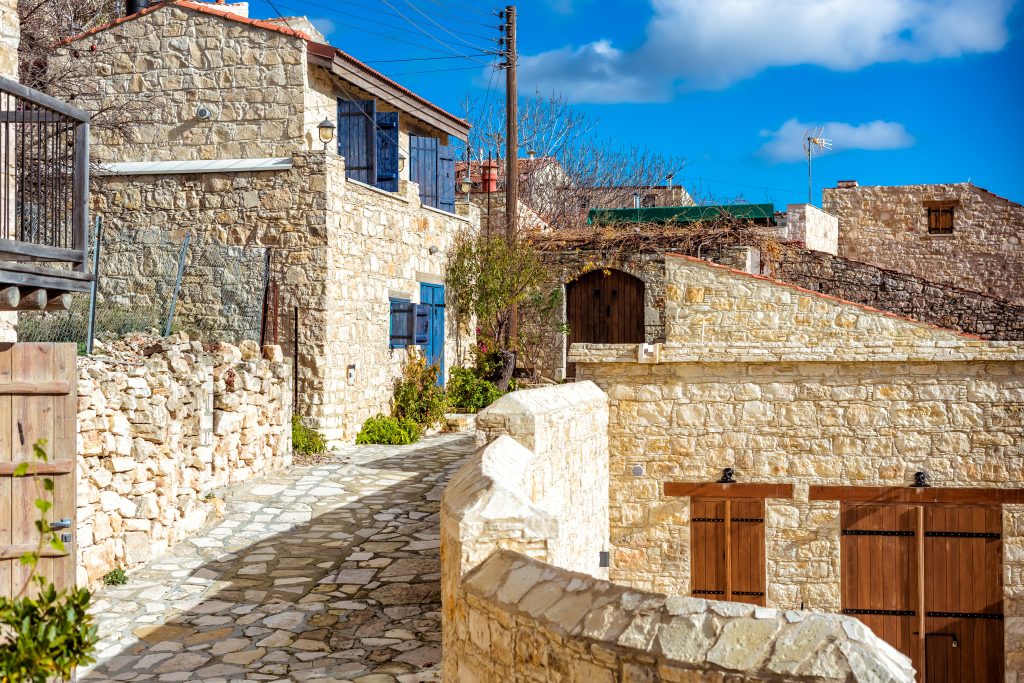
OPTION 2: TOUR TO PAPHOS
Pafos is one of the most important centres of the ancient civilization in the Mediterranean. The whole town of Pafos, which was the ancient capital of Cyprus, is included in the official UNESCO World Heritage list. Pafos was the island’s capital for six centuries. Departure after breakfast and travel to one of the many beautiful coastlines of the island, the Aphrodite’s Rock (Petra tou Romiou). According to the legend, the ancient Greek Goddess of Love and Beauty, Aphrodite was born from the sea foam. The area is an interesting geological formation of a huge rock along the coastline. Arriving in the city of Paphos, you will then visit the Archaeological Park/Paphos Mosaics. The mosaics are considered among the finest in the eastern Mediterranean and form a part of the Archaeological Park of Kato Pafos, which has been included in the UNESCO World Heritage Sites list since 1980. They were discovered in 1962, after a farmer ploughing his field accidently unearthed one of them. The “Houses” of Dionysos, Theseus, Aion and Orpheus are the villas of four Roman noblemen that date from the 2nd to the 5th centuries AD. Their intricate floor mosaics depict various scenes from Greek Mythology. Free time will be offered to enjoy the charming harbour of Paphos as well as lunch at a local restaurant of the area. On the way back to the hotel, you will have the chance to visit a local confectionary, mostly known for its main product which is Cyprus delight “loukoumi”. You can taste the famous flavours of rose and bergamot and buy as well.
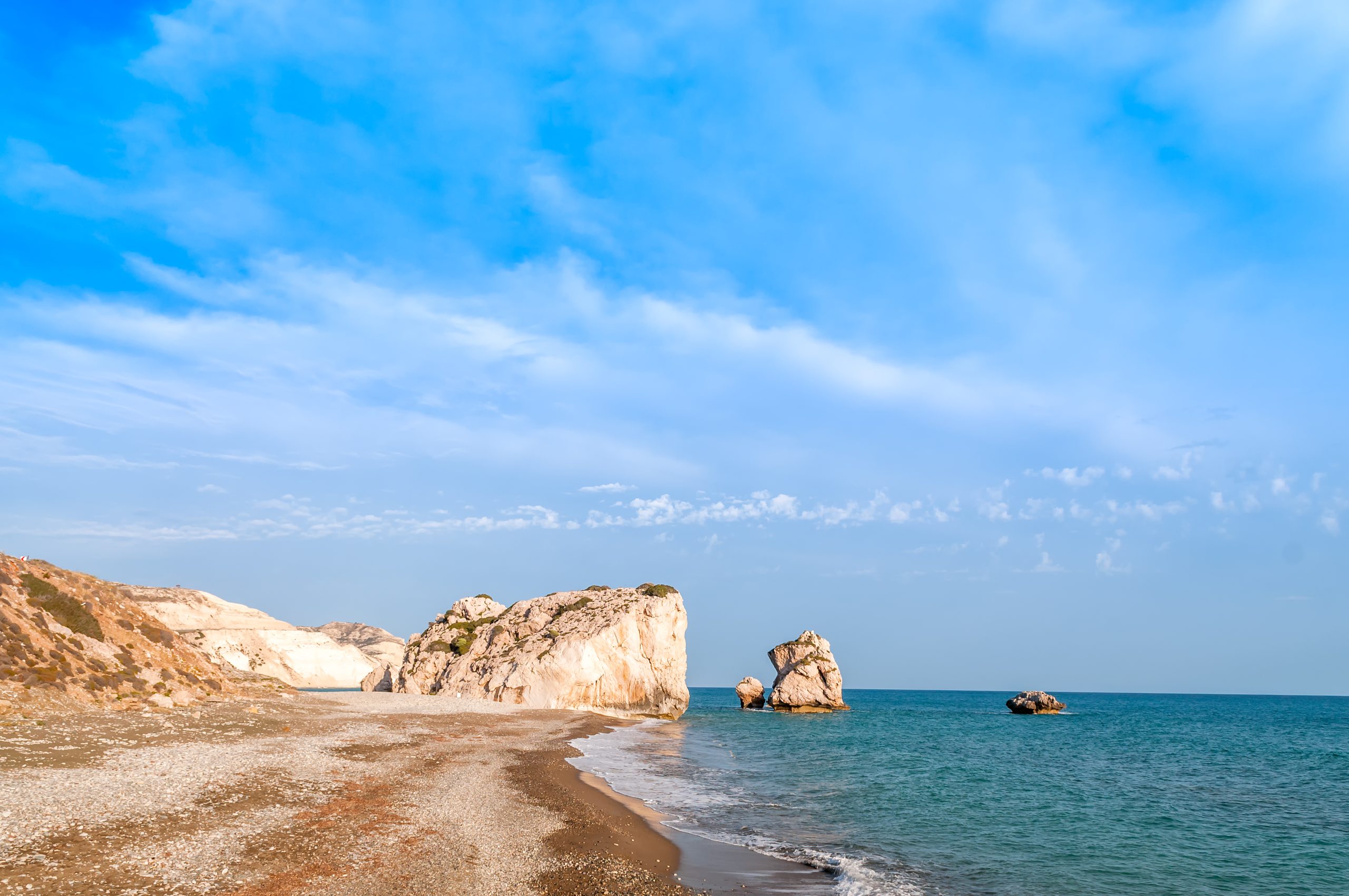
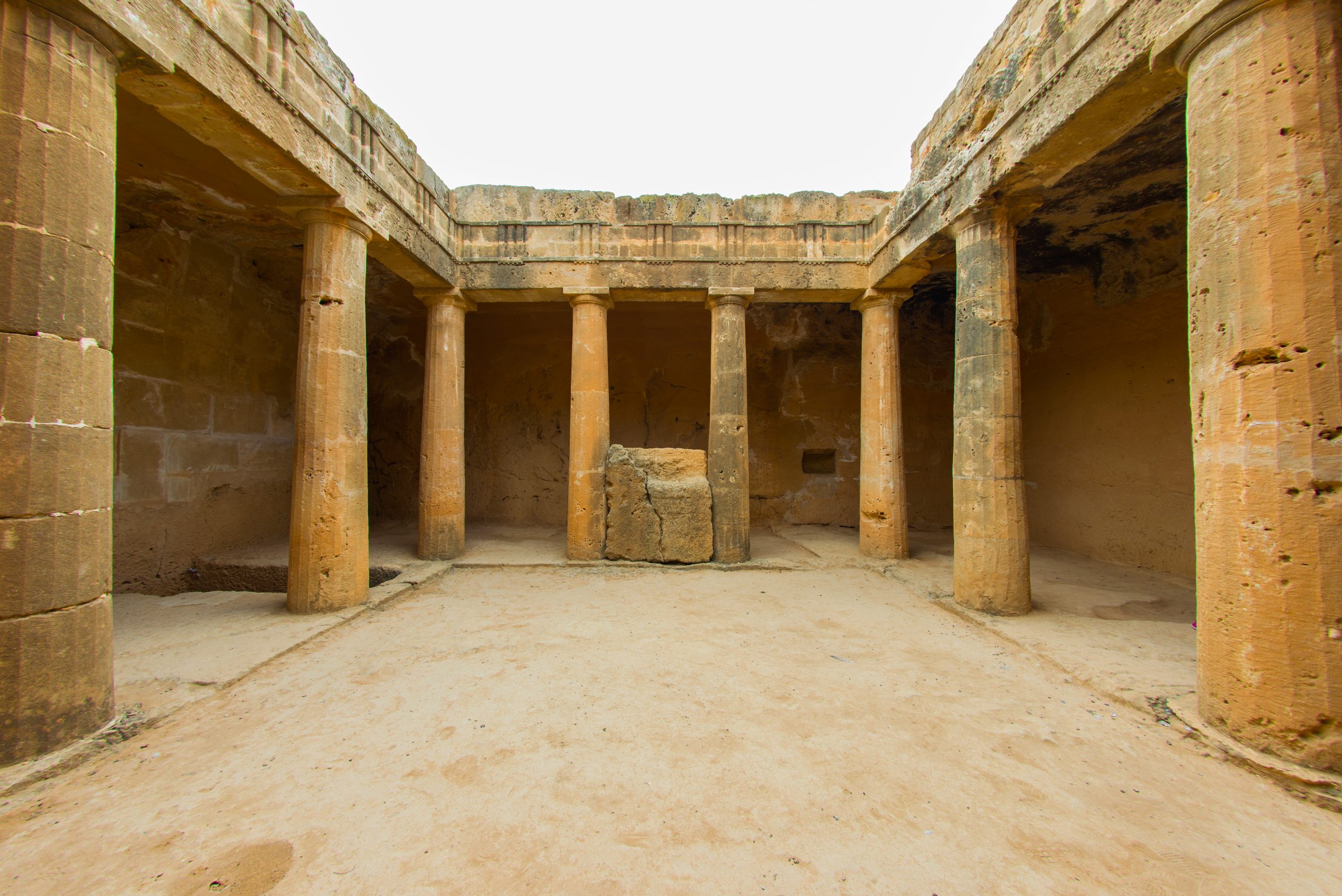
OPTION 3: TOUR TO TROODOS MOUNTAINS – ST. JOHN LAMBADISTIS –
KYKKO MONASTERY
In this tour you will travel through the Cyprus mountain range to discover an alternate view of the island. Rising to almost 2,000 meters above sea level, the Troodos peaks provide panoramic scenes to all corners of the island, a cool retreat from the heat of the coast and popular for taking in the healthy mountain air and enjoying nature in all its majesty. Travelling through charming villages, some with cobbled streets and preserved folk architecture, nestle on terraced slopes amongst the pines or amid vineyards and orchards, we will arrive at Troodos square. Around the square there are shops and a small market selling traditional Cypriot products while at the same time you will have the chance to have in front of you the fascinating views of the pine forest. The tour continues through the mountain road arriving then at the picturesque village of Kalopanayiotis. The area in which lies the village of Kalopanayiotis been known since ancient times but the village did not exist before the eleventh century. The great thing about this village is that it also boasts a real contemporary twist. One of the important sites within the village for someone to visit is the church of St. John Lambadistis which is under the protection of UNESCO. The monastery with its well preserved frescoes, icons and wood carved doors is one of the most interesting byzantine sites of Cyprus. The route continues along the small villages of Troodos Mountains until reaching the very well-known Kykkos Monastery. It was founded in 1100 and it’s dedicated to Virgin Mary. It possesses one of the three surviving icons ascribed to Saint Luke which is covered in silver gilt. Free time will be given to enjoy the scenery and lunch will be offered at a local restaurant of the area.
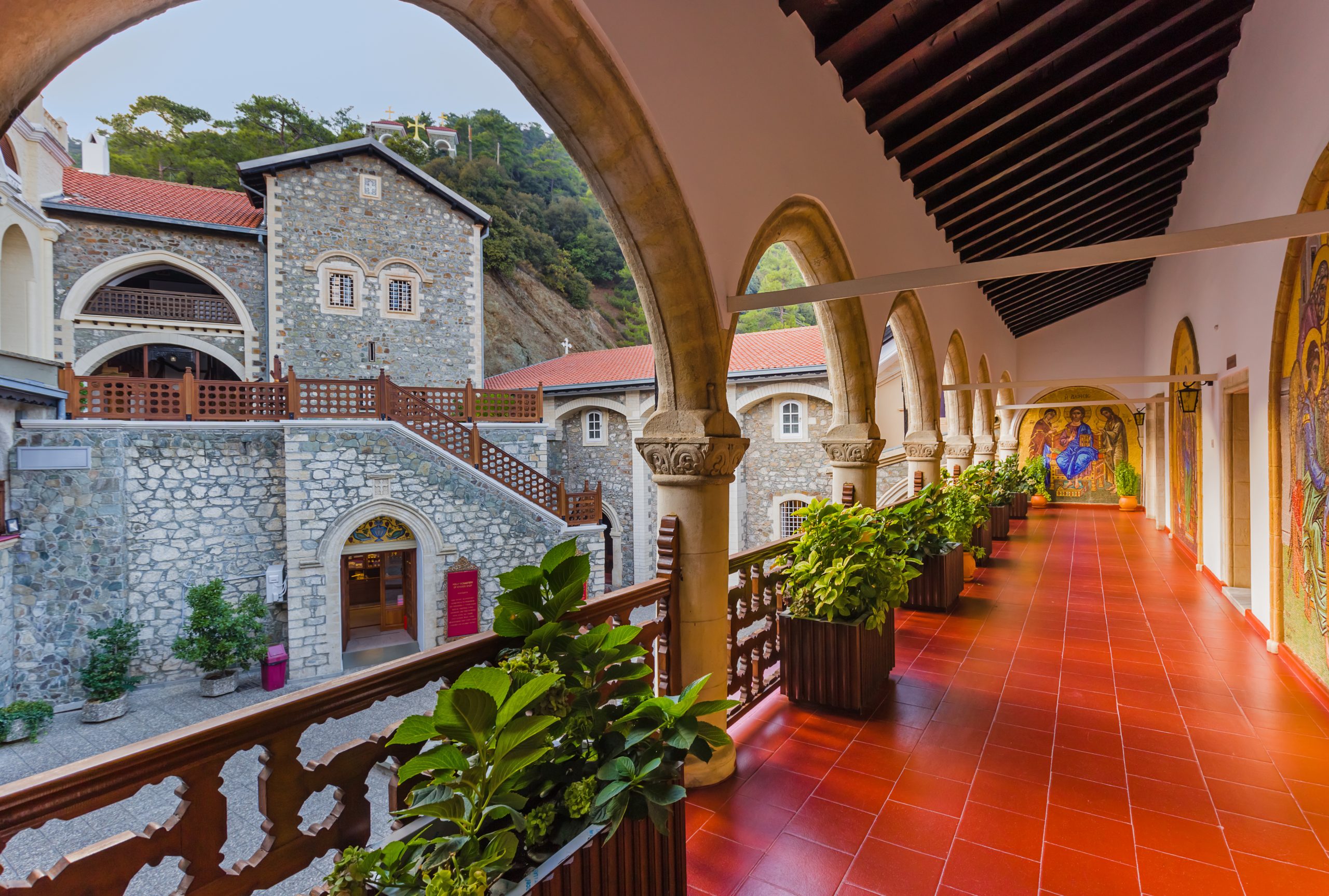
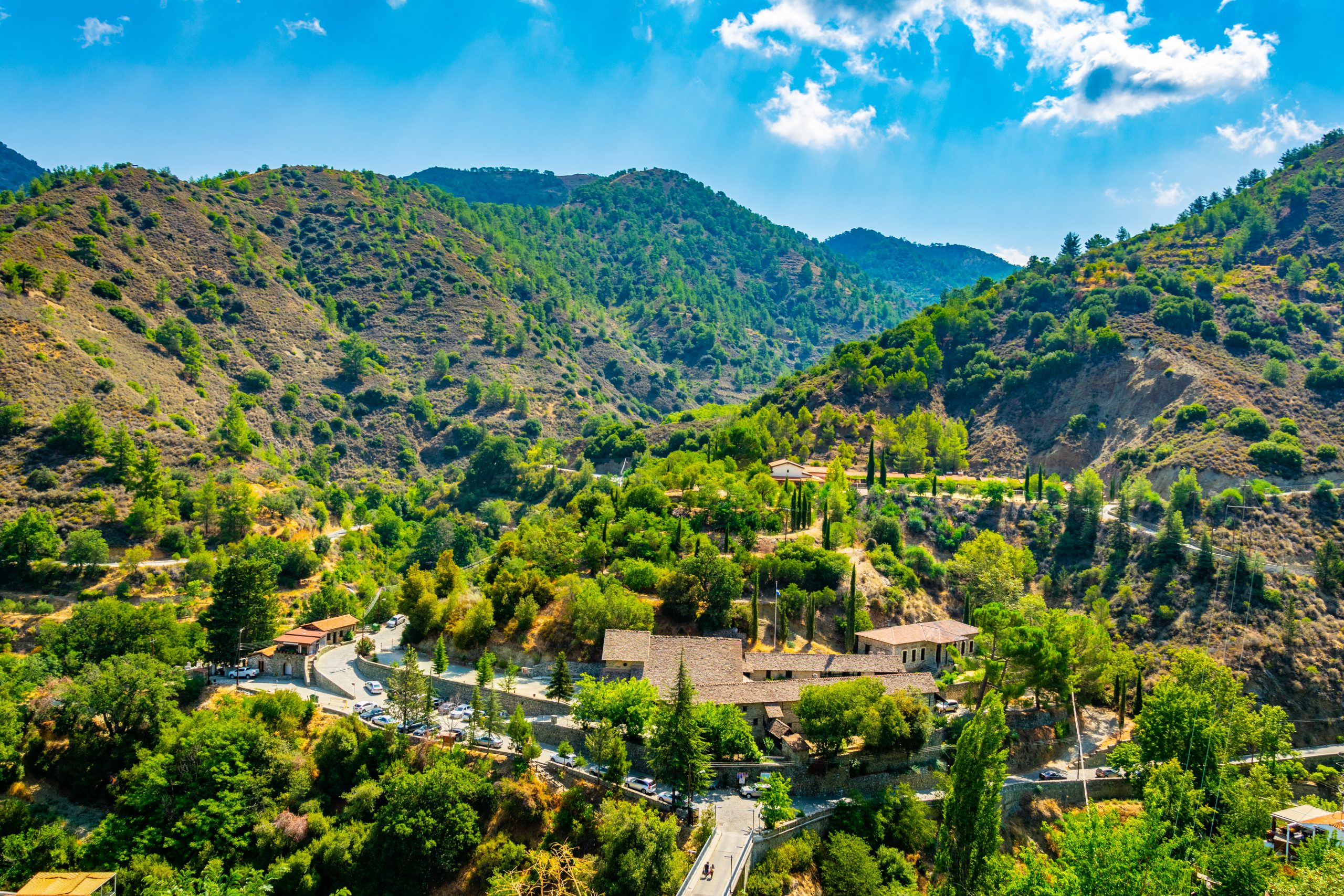
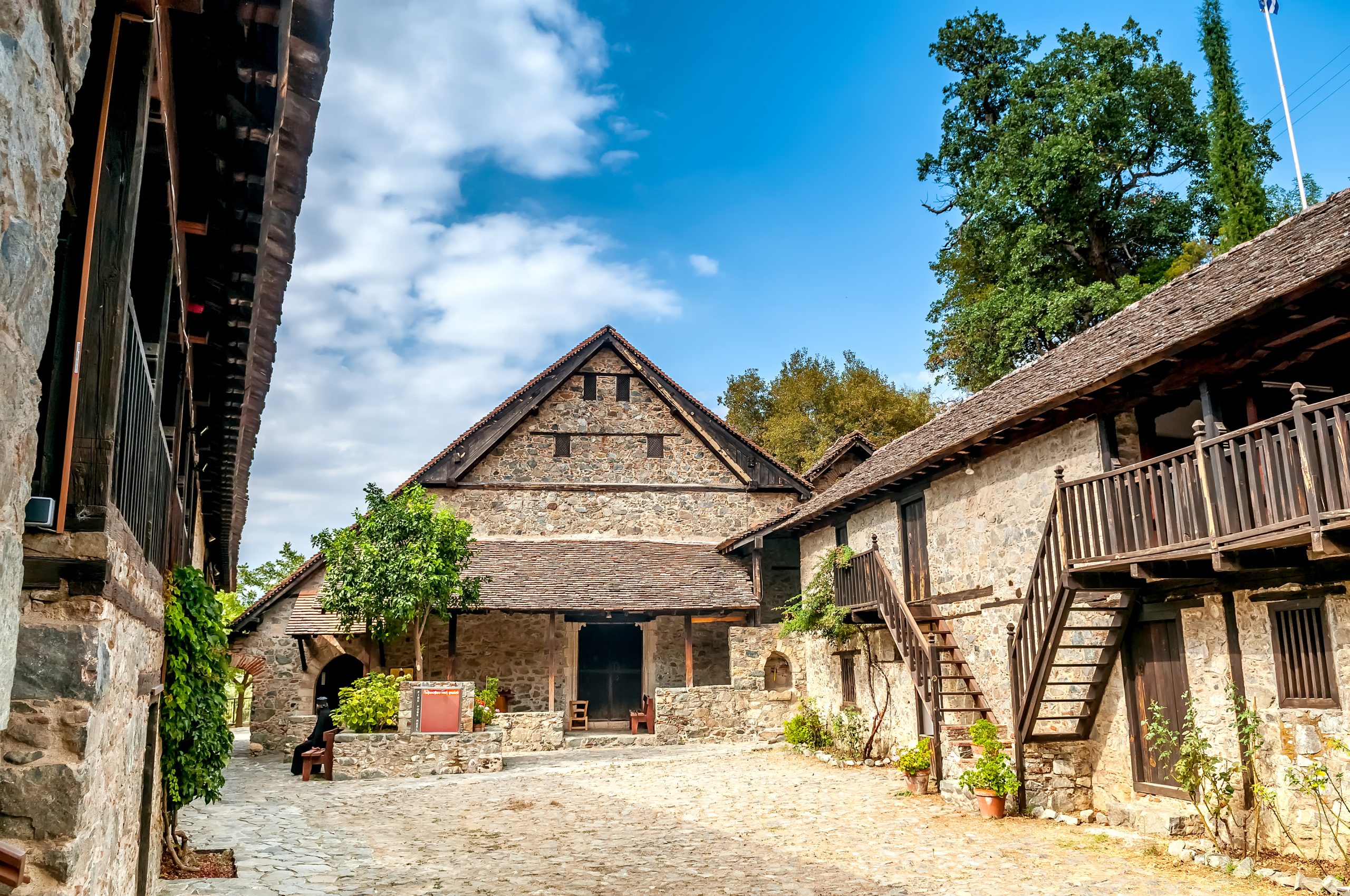
OPTION 4: TOUR TO UNESCO BYZANTINE CHURCHES
The region of Troodos is characterized by one of the largest groups of churches and monasteries of the former Byzantine Empire. The complex of 10 monuments included on the Unesco World Heritage List, all richly decorated with murals, provides an overview of Byzantine and post-Byzantine painting in Cyprus. Departure after breakfast for having a first arrival at the village of Galata. The village has two UNESCO churches the church of Panayia Podithou and the church of Archangelos Michael. Panayia tis Podithou church was built in 1502 and functioned until the beginning of the 19th century, but fell into decline and was finally abandoned after 1821 when the Archbishop and other notables were executed following the Greek revolution. The mural paintings are of the Italo-Byzantine style that appeared on the island towards the end of the 15th century. Then, you will visit the church of Archangelos Michael which is a timber-roofed chapel, painted in the post- Byzantine style of the early 16th century and one of four painted churches in the village. The journey continues to the village of Kakopetria. The pretty village is a popular summer resort, thanks to its charming character and breathtaking scenery of pine forests that stretch across the Valley. Its old quarter has been declared a protected area, and traditional houses have been beautifully restored. Just outside the village it’s the UNESCO church of Agios Nicholas tis Stegis which is covered entirely in wall paintings dating from the 11th to the 17th centuries and is considered one of the most interesting Byzantine churches on the island. Lunch will be offered at a local restaurant in the area.
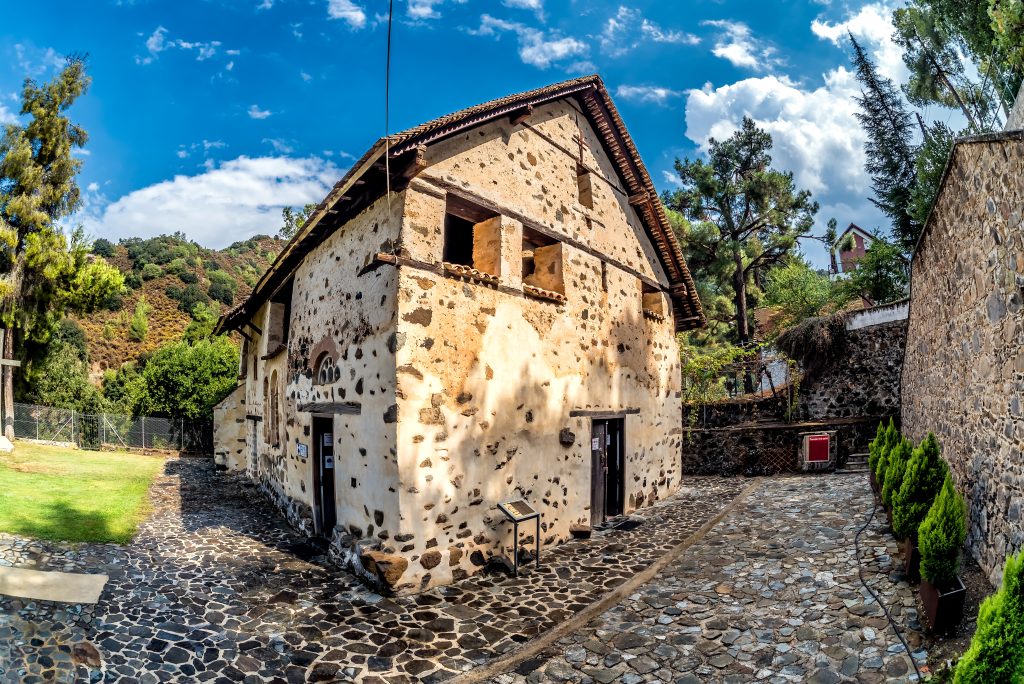
OPTION 5: TOUR TO HONEY & BEES, WINE AND LEFKARA TRADITIONAL VILLAGE
This tour gives you the chance to empower your knowledge in regards to the Cypriot nature and countryside and furthermore to discover what’s behind the scenes to a bottle of honey. You will depart after breakfast and you will head to the mountainous area of Larnaca and first to the village of Vavla. There, we will meet young enthusiastic people who owning an establishment having to do with special workshops focusing to several nature interests and mostly to beekeeping. When arriving, you will watch a 30-minute lecture about the life of the bees and beekeeping and you will have the chance to ask your questions. You will be guided also to the glass hive. Then, we come to the fun and tasting part where there will be a dough ready for you to make the traditional “pishies” which are small round pastries where then they are fried and are drizzled with honey. Continuing on, we arrive to the next visit which is at the village of Kato Drys. There, is the place where you will have lunch but not only because the place is also a family run winery. First, you will be guided to the cellars, explained the wine making procedure, have also a wine tasting and then you will enjoy a traditional lunch. On the way back to the hotel, you will have your last visit at the village of Lefkara. The village is very traditional with stone architecture and it’s also very famous for its silversmith and lace making products. The crafts of lace and silver have been practiced in the village since the Venetian times. According to the tradition, Leonardo Da Vinci visited the village and bought an altar cloth which he donated to the Cathedral of Milan.
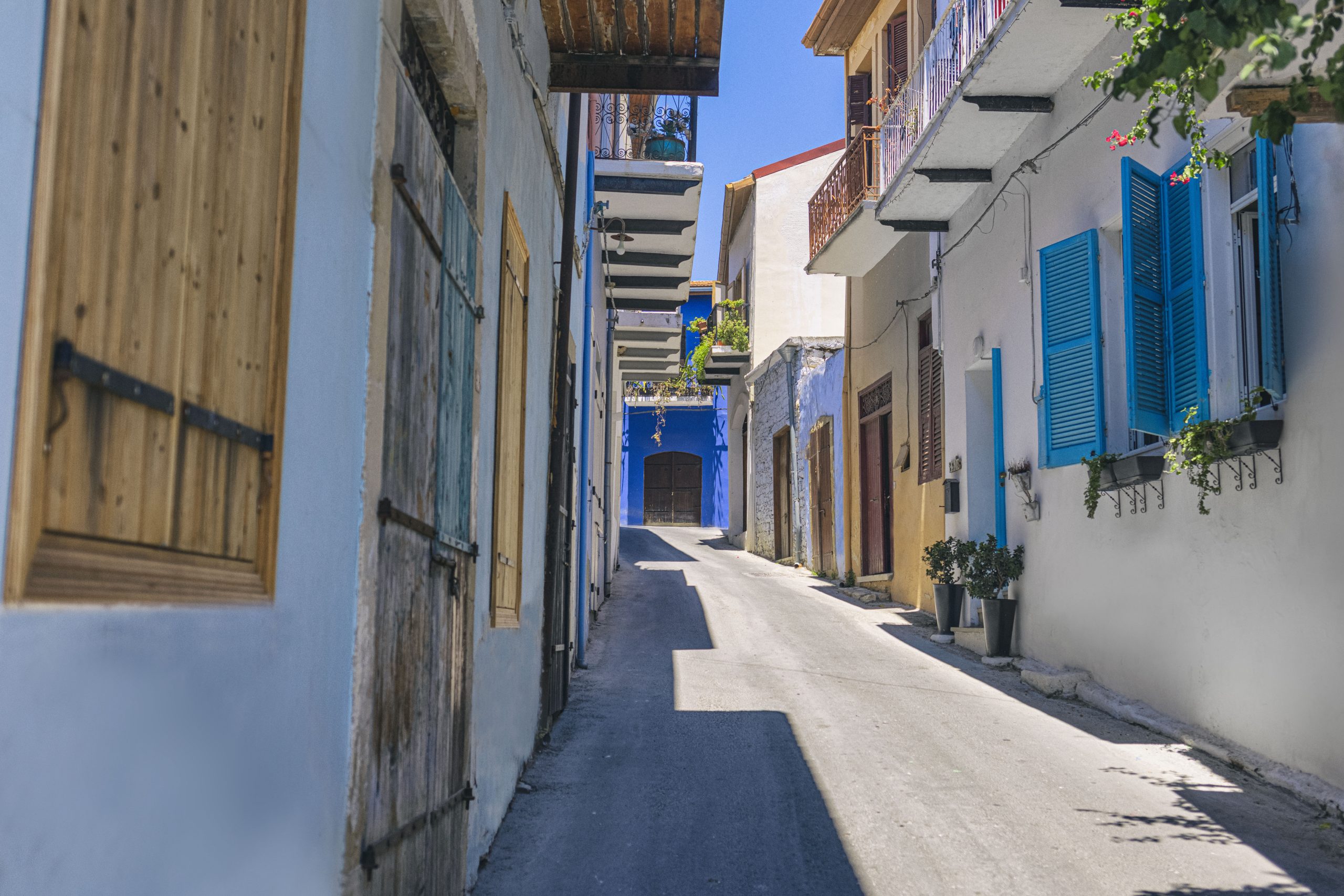
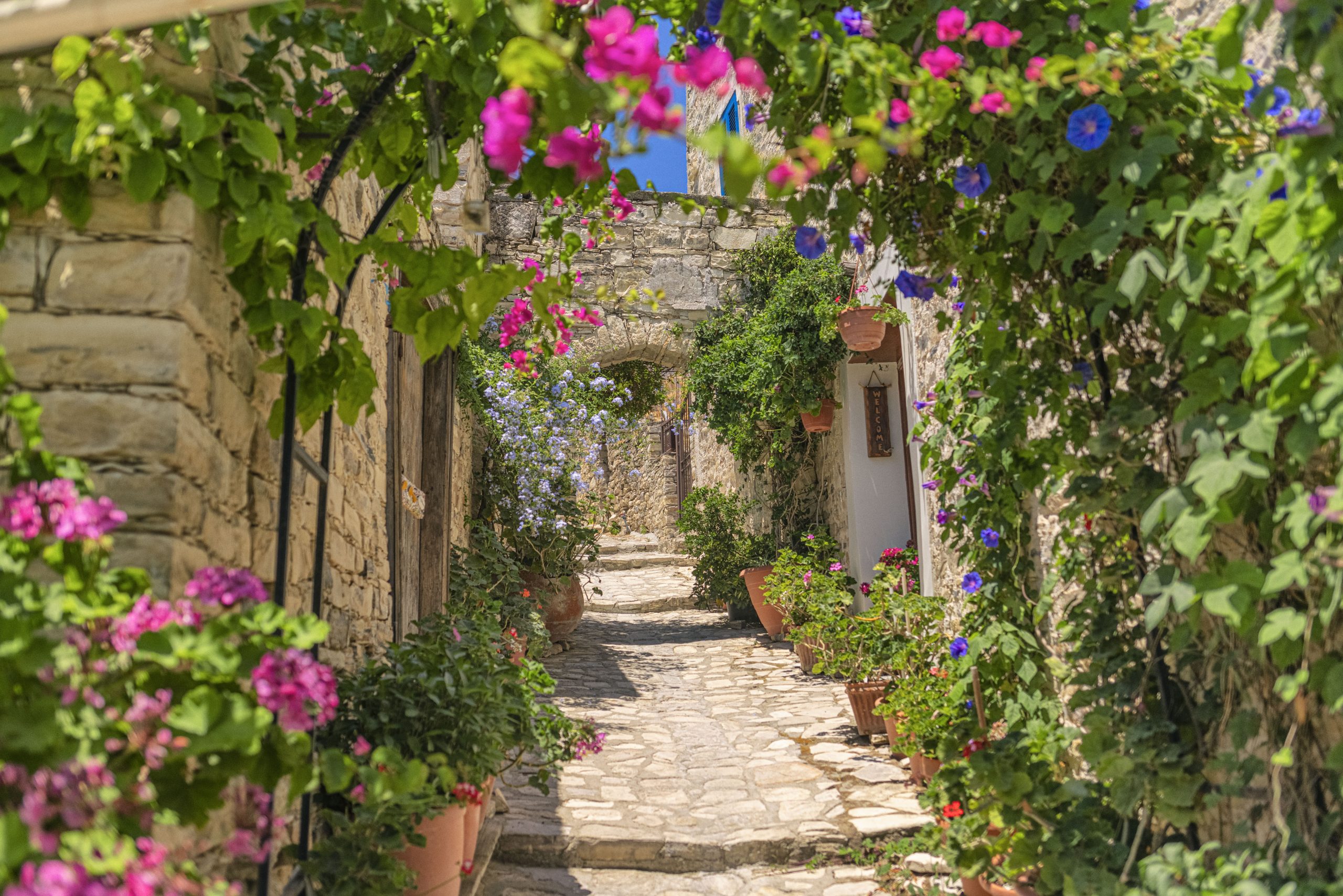
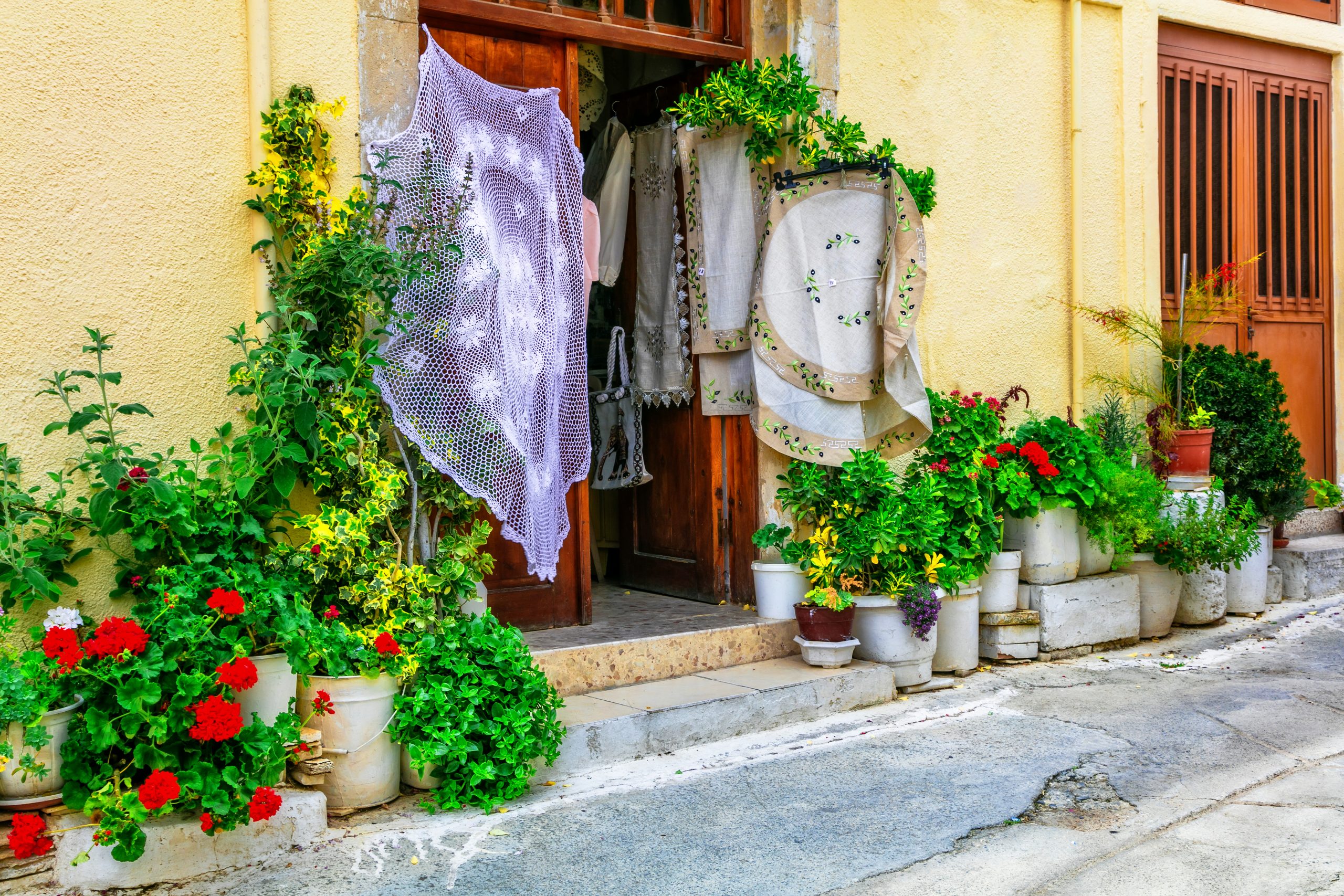
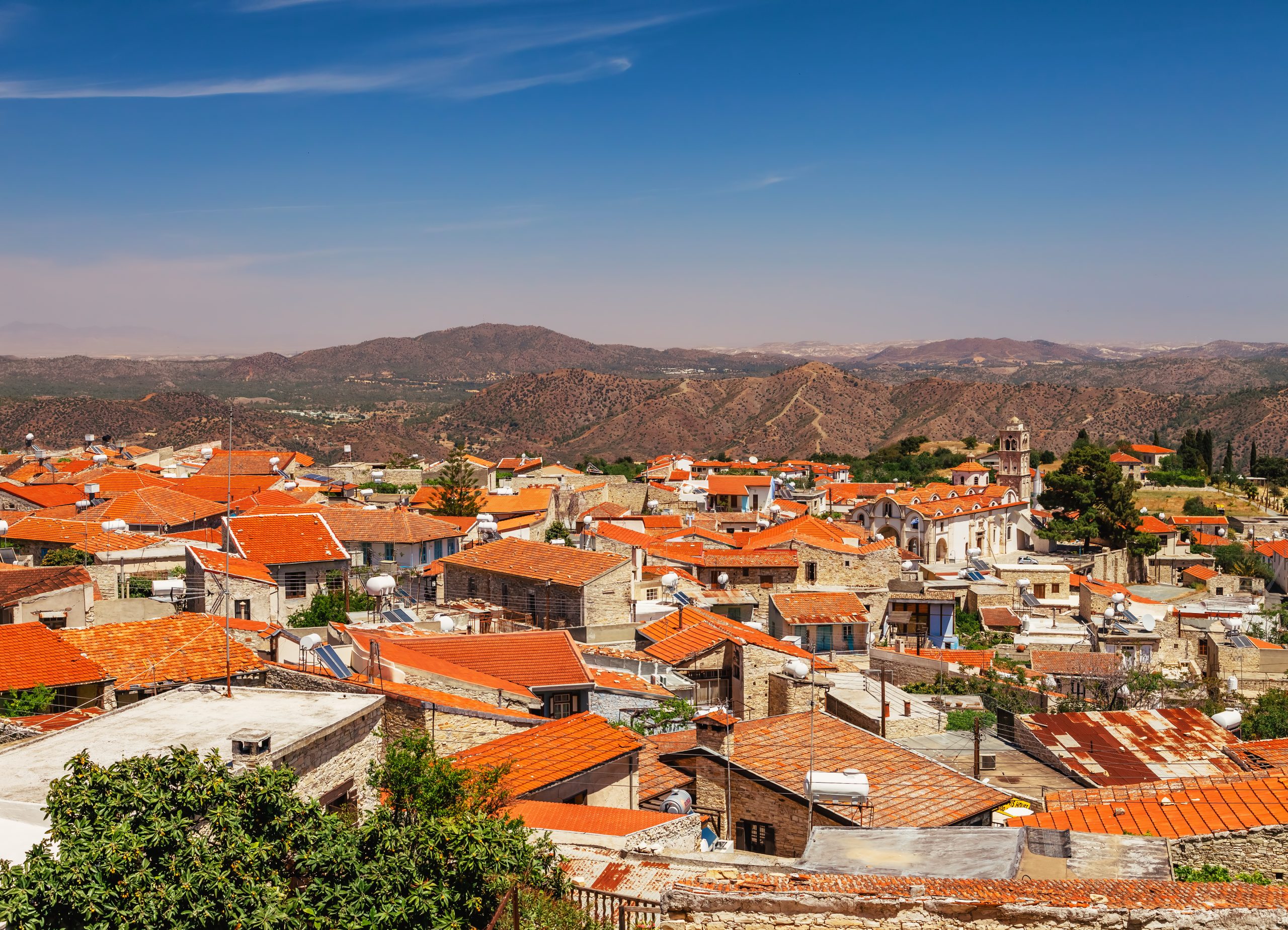
OPTION 6: TOUR TO LARNACA, HALLOUMI TASTING AND CHOIROKITIA NEOLITHIC SETTLEMENT
Easily accessible and truly authentic, Larnaca is the island’s oldest soul; the longest continually inhabited region of Cyprus, with a history that dates back 4.000 years. Having departing after breakfast, we will arrive in the heart of Larnaca and at one of its most popular spots which is the bustling promenade of Finikoudes which is lined with mature palm trees by beach. From there, you will visit the church of Agios Lazaros. He is the town’s Patron Saint, he came to Cyprus after being resurrected by Jesus, according to the Bible. He was ordained as Bishop of Kition by the Apostles Barnabas and Paul and lived in the town for 30 years. His tomb can be seen under the sanctuary of the church. The church was restored in the 17th century. Its gold-covered iconostasis has survived to today and is a superb example of baroque woodcarving. Then, you will head to the village of Choirokoitia, where you will be given the unique chance to have a taste of the island’s famous cheese halloumi. You will be greet by Mrs. Loulla who runs her family business with farm animals and the production of traditional dairy products. She will explain how halloumi is made and you will offer you to taste halloumi, anari, olives, traditional bread, lemonade and Cyprus coffee. Nearby is the remarkably well-preserved Neolithic Settlement which is also included in the UNESCO’S World Heritage Site since 1998. Remains from all phases of the Neolithic Age are evident in the settlement, and provide an insight of living conditions in the region during prehistoric times, as well as how the Neolithic culture was spread throughout the region. A late lunch will be offered at a local restaurant in the area before returning to the hotel.
